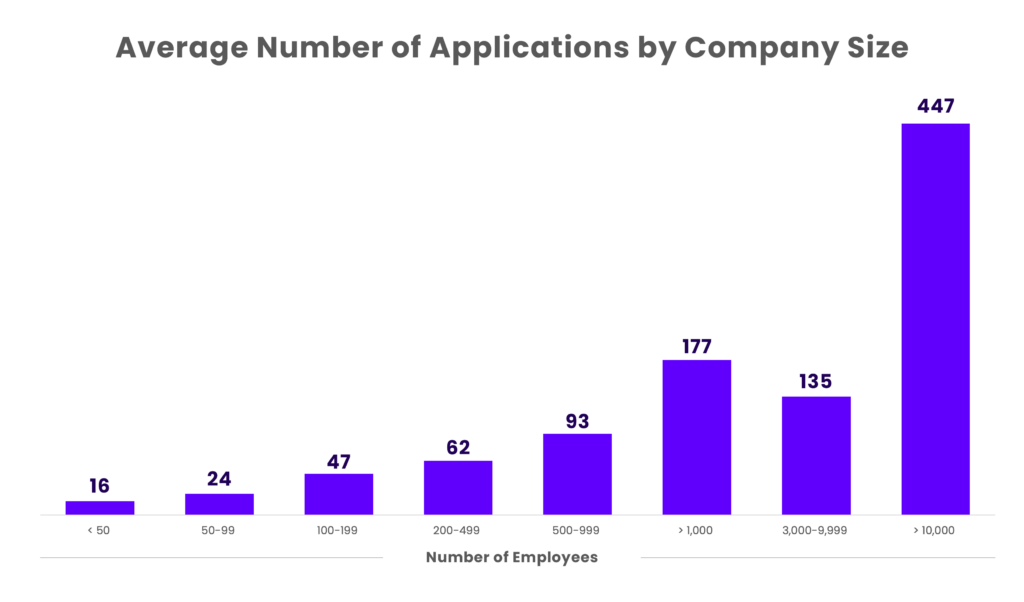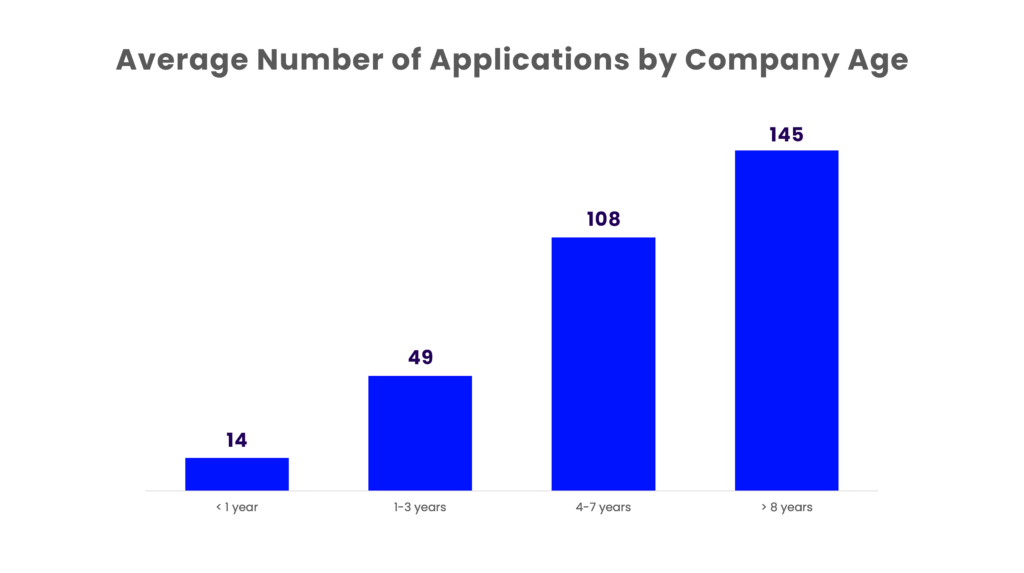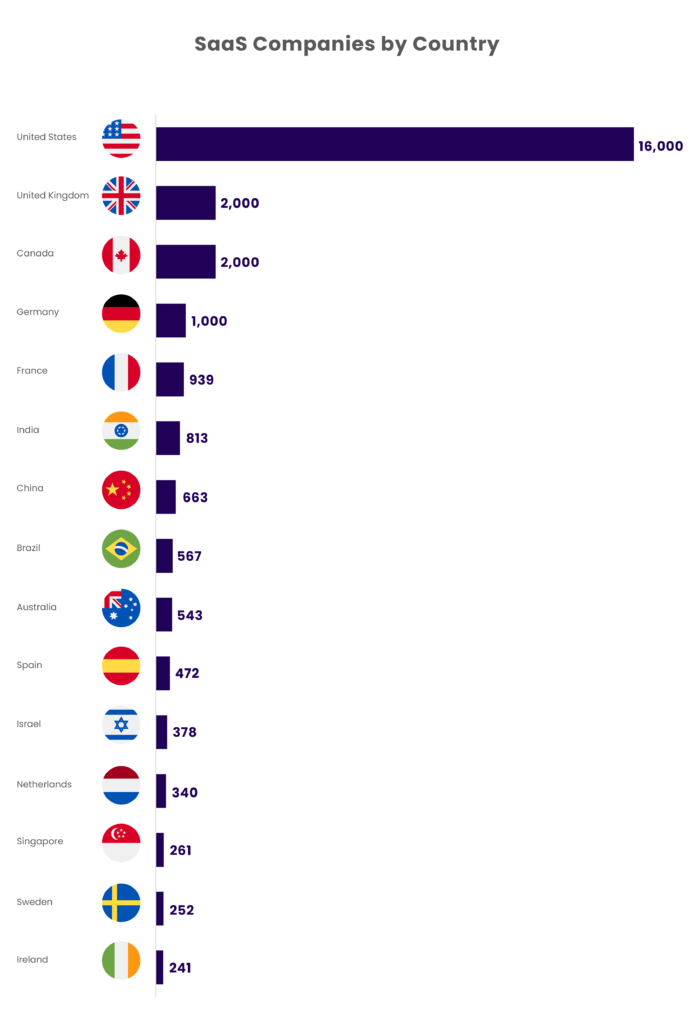The continuing proliferation of SaaS tools
Alex Anstett | APR 28, 2022
You probably started this morning by checking your email. Then it was time for your first video conference of the day, during which you exchanged messages with coworkers via a messaging platform. Throughout the rest of the day, there are ideas and materials to create, review, edit, present, download, upload, distribute, etc.
Whatever your job is, you probably switch between multiple different SaaS tools without ever really thinking about how many you actually use in one day. This is because the modern workforce runs on software — software that is hosted, installed and maintained from the cloud on a server far from where your company is based.
How we got here
In the early 2000s, advancements in technology made it possible for cloud-based software services to become a reality for businesses equipped with the right resources and methods of implementation. Over the next two decades, SaaS applications replaced on-premise software — it was more cost-effective, easier to deploy and maintain, and all around more flexible. But technology has a way of making life simpler and more complex at the same time.
Today, SaaS tools account for 70% of a company’s tech stack, and this number is expected to increase to 85% by 2025. With businesses needing more and more applications and licenses to keep things running, global SaaS expenditure continues to rise — expected to surpass $145 billion in 2022, a 20% increase over 2021. Beyond the actual cost, purchasing and managing SaaS applications is becoming increasingly time-consuming for finance and IT teams alike.
Global circumstances have helped accelerate the adoption of SaaS tools, with the Great Recession of 2007 – 2009 driving businesses to reduce expenses and the Covid-19 pandemic making cloud-hosted applications essential in a remote-first environment since 2020.
In 2021, the average organization used 110 SaaS applications, up from 80 in 2010 (+38%). This marks a nearly 7x increase since 2017, and a nearly 14x increase since 2015.
By the numbers

As a business grows over time, more applications and more licenses are needed, and annual growth in SaaS utilization has been consistent across different company sizes. Larger enterprises currently tend to use around 450 applications, which makes sense when you consider all the varied departments and head counts that make up national and international companies.
However, Vertice’s database shows an average app engagement score of only 45% — meaning less than half of the app licenses in an organization’s portfolio are being utilized on a regular basis. This doesn’t mean that more than half of a company’s SaaS apps are wasted space, but it does indicate that many businesses are either paying for more licenses than they need or are struggling with tool adoption. App engagement tends to slide downward as head count goes up:
• 49%, < 500 employees
• 43%, 500 – 2,000 employees
• 39%, > 2,000 employees

Younger companies (one to two years old) tend to start out with a few dozen applications and typically reach 100 apps within years three to six. The rate of new tool adoption often levels off around this point, which is likely a result of app consolidation as businesses mature.
Along with frequent changes in the number of applications used, companies also switch out their existing tools with alternatives at a surprisingly high rate, around 30% annually.

Unsurprisingly, the US has the highest number of SaaS companies, with around triple the amount of those found in the UK and Europe combined.
